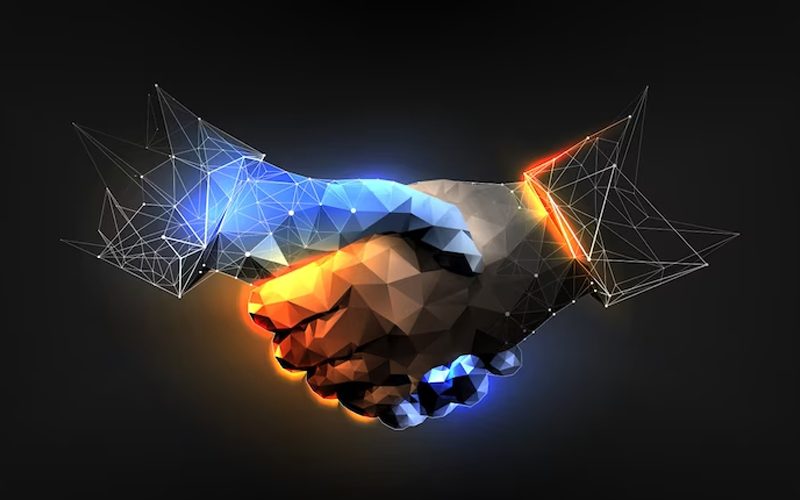Unveiling the game-changing role of mobile commerce (m-commerce) in revolutionizing retail
In the modern era of technology-driven convenience, mobile devices have become integral to consumers’ lives, shaping their purchasing behavior and preferences. Enter mobile commerce, also known as m-commerce – a revolutionary force redefining the retail industry as we know it. This article delves into the pivotal role that m-commerce plays in the retail sector, highlighting its transformative impact on customer experiences and driving business growth.
1. Seamless Shopping Experience:
M-commerce allows consumers to shop anytime, anywhere, with just a few taps on their mobile devices. Retailers optimize their websites and apps for mobile use, ensuring the browsing and purchasing process is intuitive and hassle-free. This seamless shopping experience encourages customers to explore products and easily make purchases.
2. Personalization and Customer Engagement:
M-commerce leverages data analytics and AI-powered algorithms to understand individual customer preferences and behavior. This wealth of information enables retailers to deliver highly personalized recommendations, offers, and promotions, enhancing customer engagement and loyalty.
3. Mobile Payments and Convenience:
With the rise of digital wallets and mobile payment solutions, m-commerce offers customers a secure and convenient way to complete transactions. Mobile payments eliminate the need for physical credit cards, making checkout processes swift and hassle-free.
4. Location-Based Marketing:
M-commerce enables retailers to leverage geolocation data to send targeted offers and promotions based on the customer’s location. This strategy enhances customer engagement and encourages foot traffic to physical stores.
5. Social Commerce Integration:
Social media platforms are becoming essential marketplaces for retailers. M-commerce integrates seamlessly with social media, allowing customers to discover products while scrolling through their feeds and even make purchases directly from social media posts.
6. Omnichannel Retailing:
M-commerce bridges the gap between online and offline retail by providing customers with a consistent shopping experience across different channels. This omnichannel approach ensures that customers seamlessly transition between mobile, desktop, and physical stores.
7. Augmented Reality (AR) and Virtual Reality (VR) Shopping:
M-commerce increasingly integrates AR and VR technologies to provide customers with immersive shopping experiences. Virtual try-ons, AR-enabled product visualizations, and interactive VR storefronts engage customers innovatively.
8. Enhanced Customer Loyalty Programs:
Retailers use m-commerce to create and manage customer loyalty programs, offering exclusive discounts, rewards, and points for mobile app users. This strategy not only drives customer retention but also encourages repeat purchases.







